Although your fertility diminish significantly as you grow older, you can still get pregnant until menopause, so unless you are planning to become a mother later in life, it is important to consider birth control over 40.
Birth Control Options for Women Over 40
1. Combined Oral Contraceptive Pills
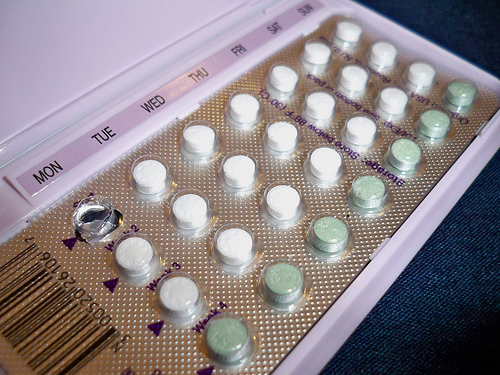
Combined oral contraceptive pills, otherwise known as “the pill”, come in different formulations, all of which combine estrogen and progestin to prevent ovulation and fertilization. This form of birth control is most effective if taken every day at the same time. As with any form of medication or treatment, there are possible side effects related with the pill, such as weight gain, headaches and nausea. However, it also has positive effects, such as lessening cramps and breast tenderness during your period, and regulate your menstrual cycle. The pill is a good option for healthy, non-smoking women who are not overweight.
2. The Mini-Pill
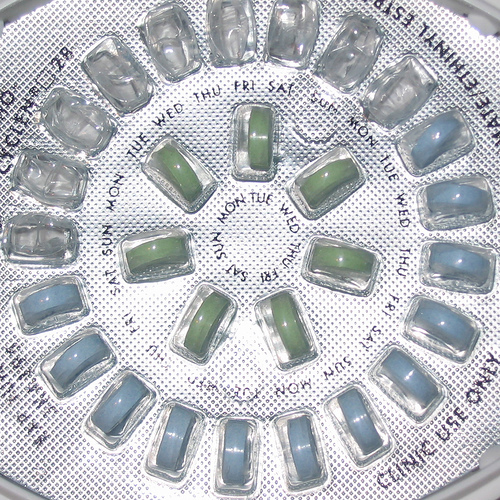
Unlike the combined pill, the mini-pill only contains progestin. It is designed to thin your uterine lining and thicken cervical mucus, therefore can hinder sperm from reaching your egg. This is a good form of birth control over 40 if you can reliably take your pill at the same time every day. If you take your daily dose more than three hours late, you will have to use a backup form of birth control. Side effects can include vaginal bleeding, yeast infection and weight gain. However, the min-pill can also make your periods lighter and shorter. The effective rate of mini-pill is around 97%, and it is good for women who cannot take the combined pill due to smoking or being overweight.
3. Vaginal Ring
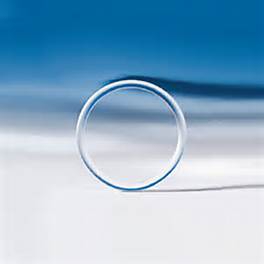
The vaginal ring is a flexible and thin transparent ring that releases estrogen and progestin into your system just like the pill. You insert the ring yourself each month, leaving it for three weeks, and remove it. It works by thinning your uterine lining and blocking ovulation in order to prevent fertilization and implantation. The ring can cause increased vaginal discharge, but it can also make periods less intense and more regular. It is 97% reliable and is good for women who have no underlying health conditions.
4. Intrauterine Device (IUD)
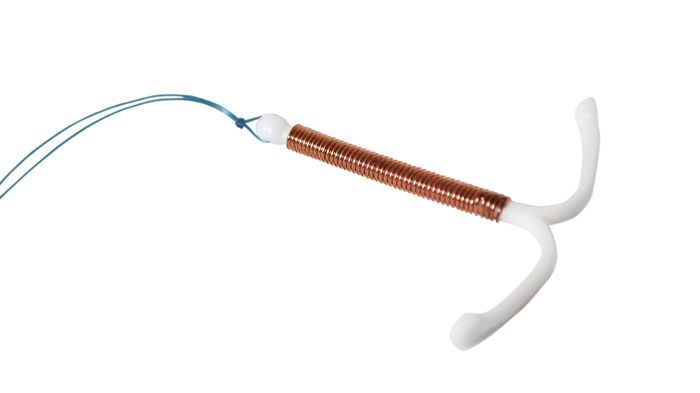
An IUD is a T-shaped contraceptive device that inserted into your uterus. It is small, yet effective enough to alter your uterine environment so that sperm cannot reach your egg. One type of IUD does not contain hormones, while the other one available contains progestin. No matter which one you choose to use, it must be inserted or removed by your physician. While IUD use has been known to eliminate your monthly period, it can also cause side effects like ovarian cysts or acne. With an effective rate of nearly 100%, it is great for women who do not want to remember to take a pill every day and is fine for birth control over 40.
5. Hormonal Implant
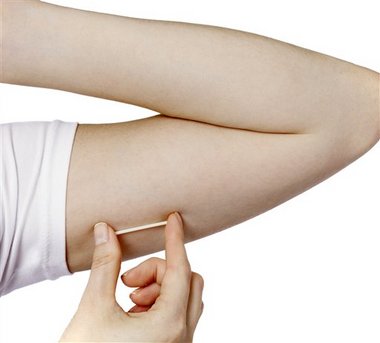
Made in the shape of a flexible rod about the size of a matchstick, a hormonal implant is designed to prevent fertilization by steadily releasing progestin into your system. A physician inserts the implant under your skin in the upper arm. It can remain there for up to three years and can only be removed by a doctor. While periods stop for some women who have hormonal implant, others may experience spotting or irregular periods. Another thing to consider before using hormone implants is it can interact with over-the-counter medications, prescription drugs or supplements. It has an effective rate of over 99% and can be used for women over 40 years old.
6. Condoms
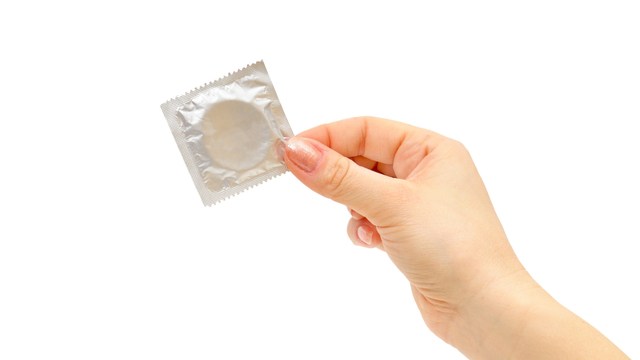
If you do not want to use hormones to prevent pregnancy, you may want to consider using condoms. Available for both men and women, they provide a physical barrier which prevents sperm from reaching an egg. You can purchase condoms in a store without a doctor’s prescription. They are considered effective against many types of sexually transmitted diseases as well. However, some men or women can experience an allergic reaction to latex or spermicides used on the condoms. Condoms may also decrease sexual sensation, cause vaginal dryness or slip off during intercourse. Condoms have lower effective rates than other forms of birth control, ranging from 80 to 95% mainly due to incorrect usage or breakage. However, it still may be a good option for women over 40.
7. Tubal Ligation
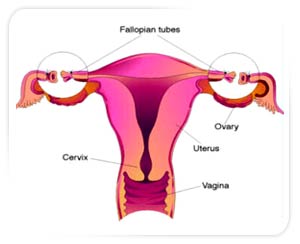
Often referred to as “having your tubes tied,” tubal ligation is a procedure that requires surgery. A surgeon reaches your fallopian tubes through an incision in your navel or abdomen after you have received anesthesia, and then burns or clips the tubes to make them shut. This makes it almost impossible for sperm to reach your egg. However, there is a very small chance of an ectopic pregnancy after the procedure, so you have to use a backup method of birth control for a few months after your tubal ligation.
8. Tubal Occlusion
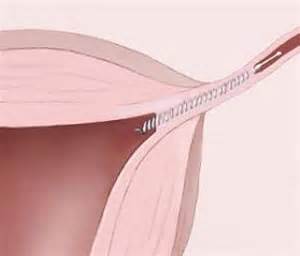
While this procedure requires a physician to insert a device into your uterus, tubal occlusion does not require actual surgery. Your doctor will insert a small device referred to as “Essure” into your fallopian tubes. Afterwards, the tissue around the device will grow and create a barrier that prevents sperm from entering. However, there is a rare chance of ectopic pregnancy after this procedure. Recovery from tubal occlusion only takes 24 hours. If you have determined you definitely don’t want children, you might consider this form of birth control over 40.
9. Other Birth Control Options
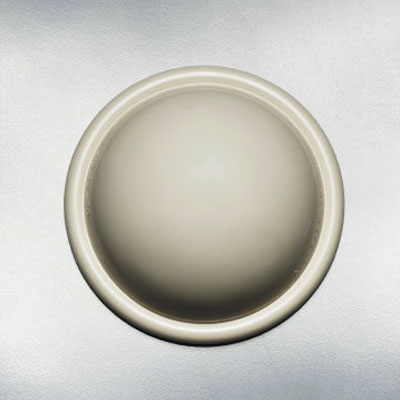
There are other birth control choices for older women but are used less often due to their lower effective rate. The options include diaphragms and over-the-counter spermicides. The hormonal patch and progesterone injections are options as well, but they can cause weight gain, a greater risk of osteoporosis and elevated estrogen related side effects.
